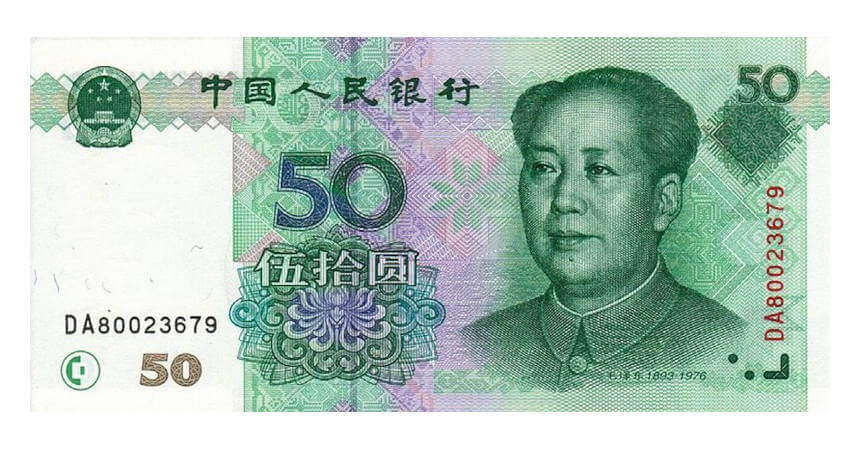China Numismatic Museum
Wenn es kein Logo gibt, wird diese Spalte einfach leer gelassen. Das Bild oben bitte löschen.
(Dieser Text wird nicht dargestellt.)
17 Xijiao Min Xiang
Xicheng (West City) District
100031, P.R. Beijing
The China Numismatic Museum is located across the street from the well-known Tiananmen Square and the mausoleum of Mao Tse-tung. Established in 1992, the Museum’s exhibits span three floors and houses a collection of more than 300,000 items covering six categories: ancient money and coins, golden and silver coins, money and coins of minority groups, foreign money and coins, coin molds, and numismatic cultural relics.
The Museum is under the management of the People’s Bank of China and is in the Chinese language only. It traces the evolution of money production in China from the spade-shaped coins of the Spring and Autumn period (722-476 BC) through all the major dynasties that followed to the coinage and paper currency of the present.
The earliest cast coins in China were the spade-shaped coins of the Spring-Autumn period. These were imitations of an ancient farming tool and Chinese characters were usually cast on their surface showing either their weight or names of places. Another example that is shown of the early cast bronze money is the knife coin in the pre-Qin period (before 221 BC). Its shape resembles a knife-like tool called xiao, used for cutting meat or wood, and there were generally four types of knife coins used by the four warring states.
Ban Liang Coin Standard
The significant point in Chinese numismatics is illustrated by the ban liang coin. Qin Shi Huang, the first emperor of a unified China of the Qin dynasty (221-207 BC) unified the coinage with a round coin with a square hole as the standard for virtually all the coins that followed. Following the Qin dynasty was the Western Han dynasty. During Emperor Wudi’s reign, the ban liang coin for the first time had a ring at its circumference. This was a measure to prevent private casting of coins, and Wudi ordered that the coins should be cast only by the central government. These measures greatly improved the quality of coin casting.
The Tang dynasty (618-907) was a brilliant period in Chinese history. Founding Emperor Gaozu issued a new coin, called kaiyuan tongbao, which meant the opening of a new era. And the names of later currencies all carried the character bao, meaning “treasure.”
The Song Dynasties
The Northern and Southern Song dynasties (960-1279) were a prolific numismatic era. During the 320 years of rule of Song, each emperor cast his own coins, many of which are on display. Coins of each reign title had various types and it’s said that, if all the coins cast during both Song dynasties were lined up one by one, they could circle the equator of the earth three times.
Perhaps the most notable contribution of this era was the invention of paper currency. Some merchants jointly issued a kind of note, called jiaozi which could be transferred or cashed. Furthermore, silver became an official currency, cast in the form of ingots and used by the imperial court, the army and the public, and for war compensations to the Liao and Jin dynasties.
Yuan Renminbi Banknotes
Of particular interest are the modern Chinese paper yuan renminbi, or “people’s currency.” There are samples of the no-nonsense illustrations of the first series introduced by the People’s Bank of China in December 1948 about a year before the establishment of the People’s Republic of China, to the far more idealistic with Mao’s portrait.
In addition, the Museum has a collection of world coins from more than 100 countries, including gold and silver coins of the countries of the 19th century and modern banknotes.
This text was written by Howard M. Berlin and first published in his book Numismatourist in 2014.
You can order his numismatic guidebook at Amazon.










